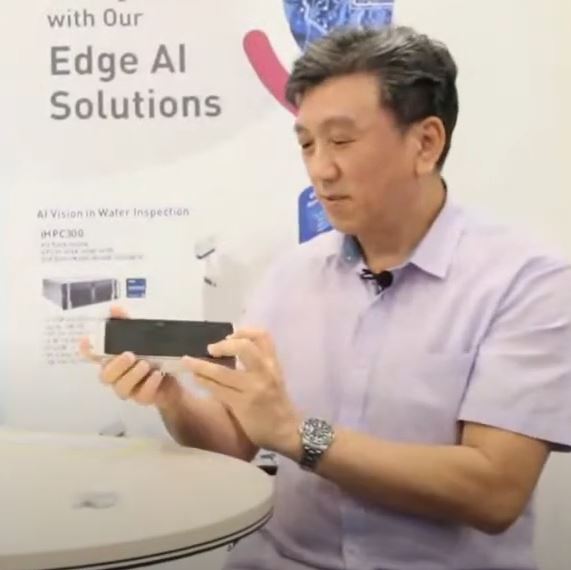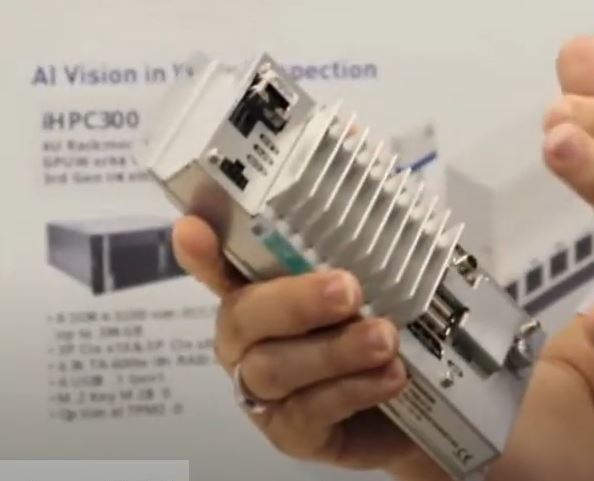Smart Traffic with AIoT for Smart Cities

In the latest episode (32) of “Sembang AIoT,” we had the privilege of welcoming Professor Dr. LIM K.C from UTEM Melaka, an expert in Smart Traffic systems for smart cities. He shared his extensive knowledge and insights on the evolution and intricacies of developing efficient Smart Traffic systems.
The session began with a reflection on our early experiences with Malaysia’s traffic light system, both as pedestrians at crosswalks and as drivers at traffic junctions. This led to various discussions about how technology is fundamentally transforming the design and operation of traffic systems.
Additionally, we had a segment on product and solution sharing. This time, we highlighted the PT805, a compact yet impressive panel PC system. This device boasts a 5.5-inch wide screen LCD display, enhanced with an IPS PCAP touchscreen for superior visual quality. Its unique features include optional additions for RFID and NFC, expanding its utility in interactive applications like payment systems. Moreover, the PT805 can be used in both landscape and portrait modes and is compatible with Windows or Linux operating systems.


Some unique feature of PT805 Mini panel PC system:
5.5″ LCD display with Stunning IPS PCAP touchscreen
Add-on option: NFC, RFID with Landscape and portrait orientation
LCD Panel Display Size: 5.5″
Brightness: 400 nits
Resolution: 720 x 1280
Viewing Angle (Up/Down/Left/Right): 80°/80°/80°/80°
CPU Intel® Celeron® processor N3350 (Apollo Lake), 1.10 GHz
.
In the realm of traffic control, a key focus area for traffic management teams is the integration of IoT and AI sensors at traffic junctions to enhance operational intelligence. However, in Western countries, there’s a trend of reducing the number of sensors at these junctions due to high maintenance costs. Instead, the latest innovation involves equipping vehicles with necessary sensors that connect to a central system via 4G/5G networks, which are now fully operational. This approach of gathering data and uploading it to the cloud is seen as more efficient for managing traffic flow. This advancement leads to the emergence of “V2X” technology, standing for “Vehicle to Everything,” which represents a significant shift in how traffic systems interact with vehicles and their environment. That is also one of the Sustainability factors that this ” V2X” is able bring about in the building of the Smart City.
Thirty years ago, the scarcity of IoT sensors at traffic junctions limited our confidence in most traffic systems. However, today, we have an abundance of these sensors. Additionally, the emergence of 5G communication technology has made real-time data transfer from devices to the cloud a reality. This connectivity enables vehicles to link up with central big data systems, which is invaluable for traffic system planning.
Addressing the issue of traffic congestion, the utilization of a central data repository is key. By pooling all traffic-related data in one place, this information can be used for AI to suggest the plan of future infrastructure developments, such as highways, public transportation routes, and the location of new townships or commercial centers.
